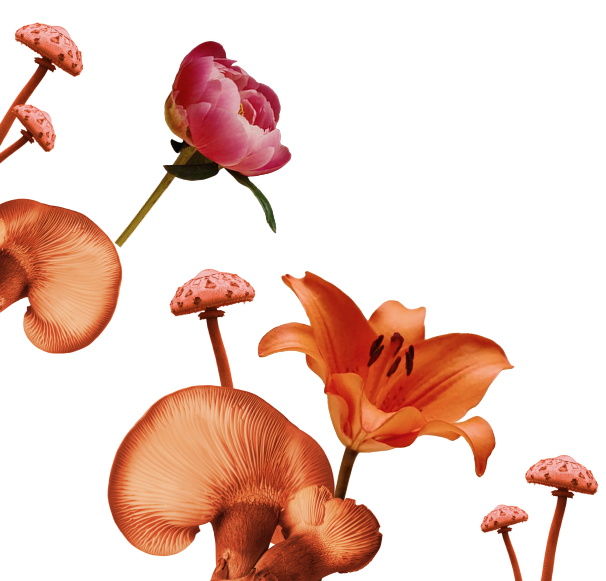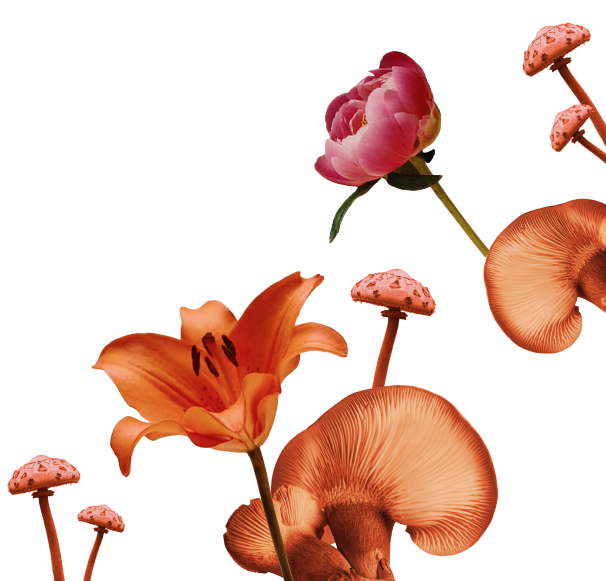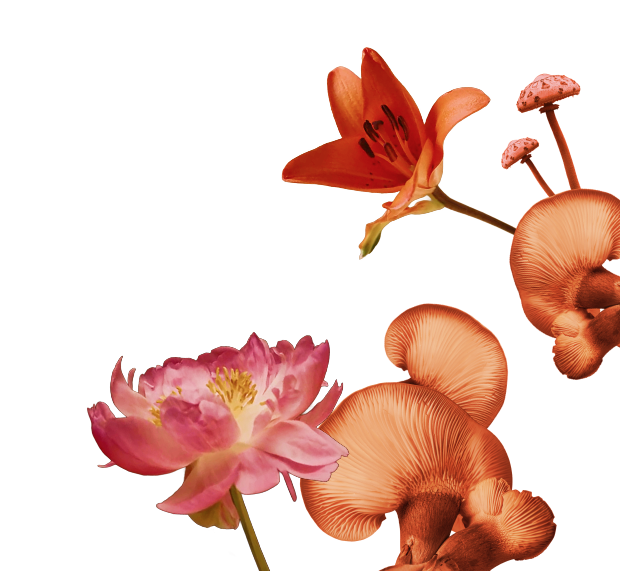Picture this: You just changed your one-year-old, tossed the diaper, grabbed three bites of cold mac and cheese, rescued a wooden block from the dog’s mouth, and less than five minutes later, you glance back and see it…that smug little blue line, showing up minutes later beckoning you to change her diaper…”Pssst, she peed again.” You sigh. ALREADY?! She’s crawling. You’re multitasking. Suddenly you're wondering how that color-shifting line is made after all. How much pee could she really have in that diaper?
Here’s the hard truth: that line is doing more than just snitching. It’s introducing an unnecessary chemical into the most delicate real estate on the planet: your baby’s bottom. That blue line is Bromothymol Blue, aka BTB. The chemical dye behind many wetness indicators in disposable diapers and it’s not the kind of thing you want near your newborn. The HIRO Diaper is proudly BTB-free and we think more parents should demand the same.
Here’s why: Babies aren’t just tiny humans. Their skin is thinner, more permeable, and way more absorbent than ours. Adorable in theory, but in practice? It means chemicals can pass through more easily into their developing systems. Fact check it!! Studies show infant skin has a higher surface-area-to-body-weight ratio, with a barrier that’s still under construction. In other words, it soaks things up like your very best sponge. According to the Safety Data Sheet for Bromothymol Blue (the actual document chemists use when handling it), BTB comes with warnings like: Skin and eye irritant, harmful if swallowed or inhaled, requires gloves, goggles, and lab-grade PPE!!! EXCUSE US? This is the type of chemical used in diapers to tell you your baby peed. Ummm if adults need goggles to handle it in a lab, maybe it doesn’t belong in something that is pressed against a newborn’s skin for hours on end? Seems like a pretty obvious reality to us. But surely someone has tested this for baby use, right? Welllll, not exactly. Crazy, we know!! The European Scientific Committee on Consumer Safety (SCCS) straight up said the available info was "insufficient to assess the safety" of Sodium Bromothymol Blue in cosmetics…for ADULTS. If they can’t green-light it for a grown-up’s face cream, should we really be putting it in a diaper??
And it gets worse! Many of us have seen our poor little babies break out into a diaper rash, the redness stings and they wince when you try to wipe it. So sad. And diaper rash isn’t rare, up to 50% of infants will experience it. And when skin is inflamed, broken, or irritated, its ability to block chemical absorption takes a nosedive which means they are susceptible to 45% more chemical absorption. What does this mean?! You especially want to try and minimize chemicals near your baby’s precious tush. Exposing them to a chemical you’d otherwise need RUBBER GLOVES to handle. No thanks.
BTB is a pH indicator, meaning it changes color when exposed to urine. That shift doesn’t just happen magically, it’s a chemical reaction triggered in a warm, moist environment (ahem, diapers – the same moist environment our fungi will eventually love to call home once your baby is done with the diaper). This moisture can encourage migration of the chemical from the core to the skin-facing layer. So it’s not just a dye. It’s a dye that gets chemically active exactly when your baby is most vulnerable. It’s honestly so nasty!!
All of this is why at HIRO, we intentionally left out wetness indicators. Not because we forgot. But because we actually did our research. And what we found was...it’s not necessary and not really worth the risk. We have a lot more faith in parents. We are all smart enough to know when our baby needs a change. The human brain, eyes, sense of touch, and smell are really wonderful things! Here’s what we do have instead: A completely BTB-free design. Unbleached natural materials that are breathable and gentle and up to 50% less plastic than leading brands. Plus super absorbent performance without any gimmicks! That’s just how much we love babies.
Let’s keep it 100, if it needs PPE, it doesn’t belong in a diaper. Parents deserve transparency. Babies deserve better. And BTB? It deserves a break from diaper duty. Join us in ditching the blue line, for your baby, for their future, and for peace of mind. We love you!!!!








